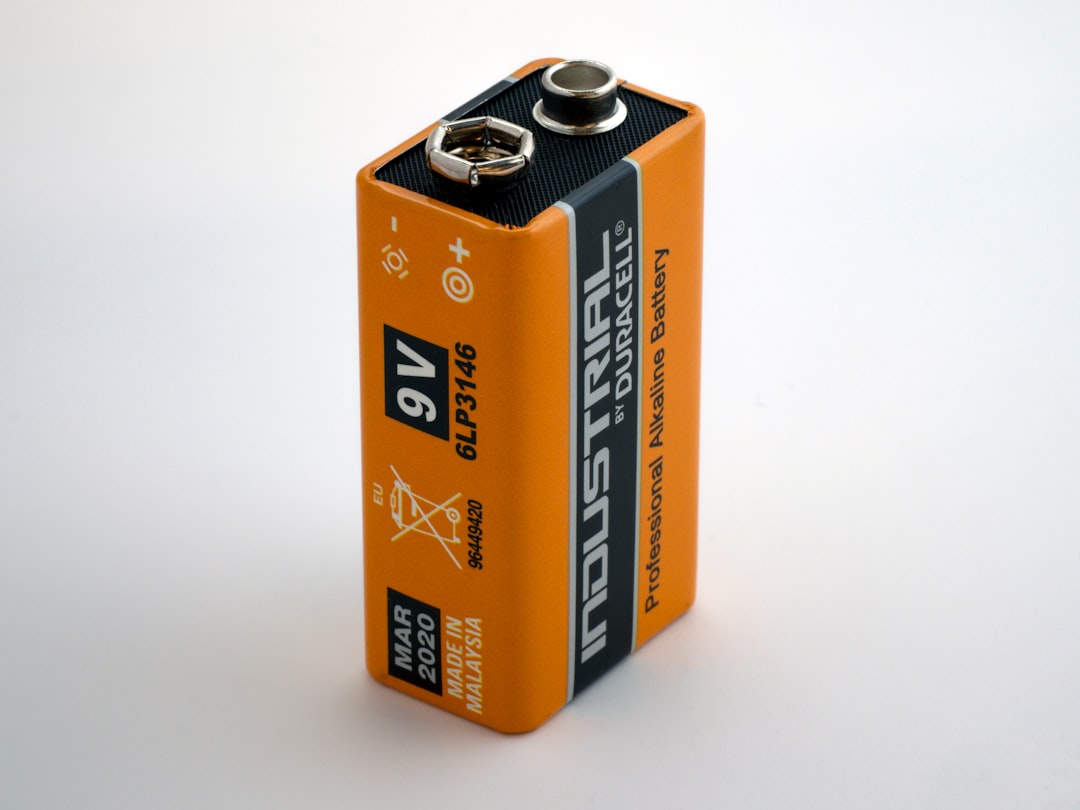What is it about?
Superconducting qubits use Josephson junctions composed of high-quality superconductors and ultra-thin dielectrics that need to be cooled down to cryogenic temperatures. Our work shows how the electrons tunneling through these devices, follow specific conduction mechanisms related to interfacial defects.
Featured Image

Photo by Dynamic Wang on Unsplash
Why is it important?
By understanding the way in which electrons tunnel through ultra-thin dielectric layers in Josephson junctions (all while cooling down these devices down to cryogenic temperatures), we can determine the nature of defects and correlate them to the performance of quantum devices like superconducting qubits, quantum sensors, etc. So that by enhancing the processing of materials and interfaces (able to minimize these defects), better general quantum performance is then expected.
Perspectives
I hope our contribution is able to boost the understanding and general performance of several quantum devices and systems that rely on advanced nanomaterials and interfaces but that they all share a thing in common: the progressive tunneling of electrical charges (from individual electrons to Cooper pairs), and their interactions with solid-state nanomaterials and interfaces. Once we are able to undestand the true nature of all these interactions, we could design, model, fabricate and optimize, powerful quantum integrated systems able to exploit the quantum nature of key materials and interfaces for several technological applications.
Dr. Joel Molina-Reyes
National Institute of Astrophysics, Optics and Electronics
Read the Original
This page is a summary of: Carrier conduction mechanisms in MIS capacitors with ultra-thin Al2O3 at cryogenic temperatures, Applied Physics Letters, January 2024, American Institute of Physics,
DOI: 10.1063/5.0182782.
You can read the full text:
Contributors
The following have contributed to this page










